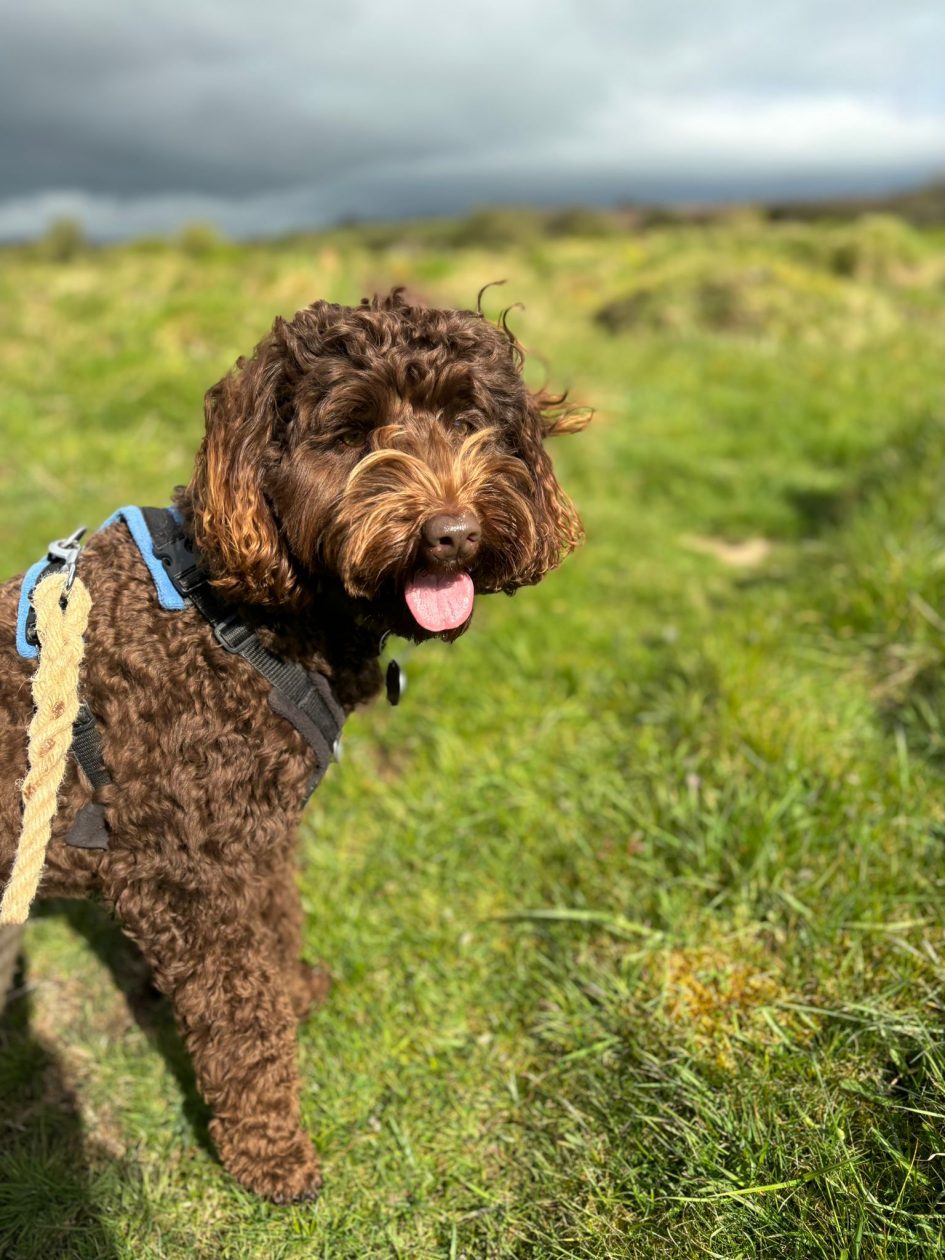Keeping your dog’s up to date with their tick and flea treatment is crucial for their health and well-being. These tiny pests can cause significant discomfort and transmit serious diseases. In this blog, we’ll explore why regular treatment is essential, where you’re likely to encounter ticks, and where they tend to hide on your furry friend.
Why Tick and Flea Treatment is Essential
Preventing Disease
Ticks and fleas are more than just a nuisance; they are vectors for numerous diseases. Ticks can transmit Lyme disease, Ehrlichiosis, and Anaplasmosis, which can cause severe illness in both dogs and humans. Fleas can carry tapeworms and cause flea allergy dermatitis, a painful condition that leads to severe itching and infection.
Reducing Discomfort
Fleas and ticks cause intense itching and discomfort for dogs. This can lead to excessive scratching, skin irritations, and even secondary infections. Regular treatment prevents these pests from taking hold and keeps your dog comfortable and happy.
Protecting Your Home
Ticks and fleas can quickly infest your home, hiding in carpets, bedding, and furniture. Once inside, they are notoriously difficult to eradicate. Keeping your dog treated reduces the risk of bringing these pests indoors, protecting your entire household.
Where You’re Most Likely to Encounter Ticks
Ticks are prevalent in many outdoor environments, particularly in areas with dense vegetation and wildlife. Here are some common places where you might encounter ticks:
- Wooded Areas: Ticks thrive in forests and wooded areas where they can easily latch onto passing animals and humans.
- Tall Grass and Brush: These pests often wait on tall grasses and shrubs, latching onto hosts as they brush by.
- Parks and Fields: Even urban parks and grassy fields can harbour ticks, especially in areas frequented by wildlife.
- Gardens: Ticks can make their way into your backyard, especially if you live near wooded areas or have a lot of vegetation.
Where Ticks Hide on Your Dog
Ticks are adept at finding the perfect hiding spots on your dog. Here are some common places to check:
- Head and Neck: Ticks often attach around the ears, under the collar, and on the neck where the fur is thinner.
- Underbelly and Groin: The warm, protected areas of the underbelly and groin are prime spots for ticks to latch on.
- Between Toes: The soft skin between your dog’s toes provides a perfect hiding place for ticks.
- Armpits: The armpit area is another warm spot where ticks can hide and go unnoticed.
- Tail and Tail Base: Ticks can also be found around the tail base and under the tail.
Tips for Effective Tick and Flea Prevention
- Regular Treatments: Use vet-approved tick and flea treatments as recommended. These can be topical treatments, oral medications, or collars designed to repel and kill ticks and fleas.
- Routine Checks: Regularly check your dog for ticks, especially after spending time outdoors. Pay close attention to the common hiding spots mentioned above.
- Maintain Your Garden: Keep your grass trimmed and clear away brush and leaf litter where ticks can hide. Consider using tick control products in your garden.
- Stay Informed: Be aware of tick season in your area and take extra precautions during these times. Ticks are most active in warmer months but can be a year-round concern in some regions.
Keeping your dog up to date with tick and flea treatment is an essential part of responsible pet ownership. By preventing these pests, you protect your dog from discomfort and serious diseases, while also safeguarding your home and family. Regular treatments, routine checks, and maintaining a tick-free environment are all key steps in ensuring your dog’s health and happiness. Stay vigilant, stay informed, and keep those pesky pests at bay!

Leave a Reply